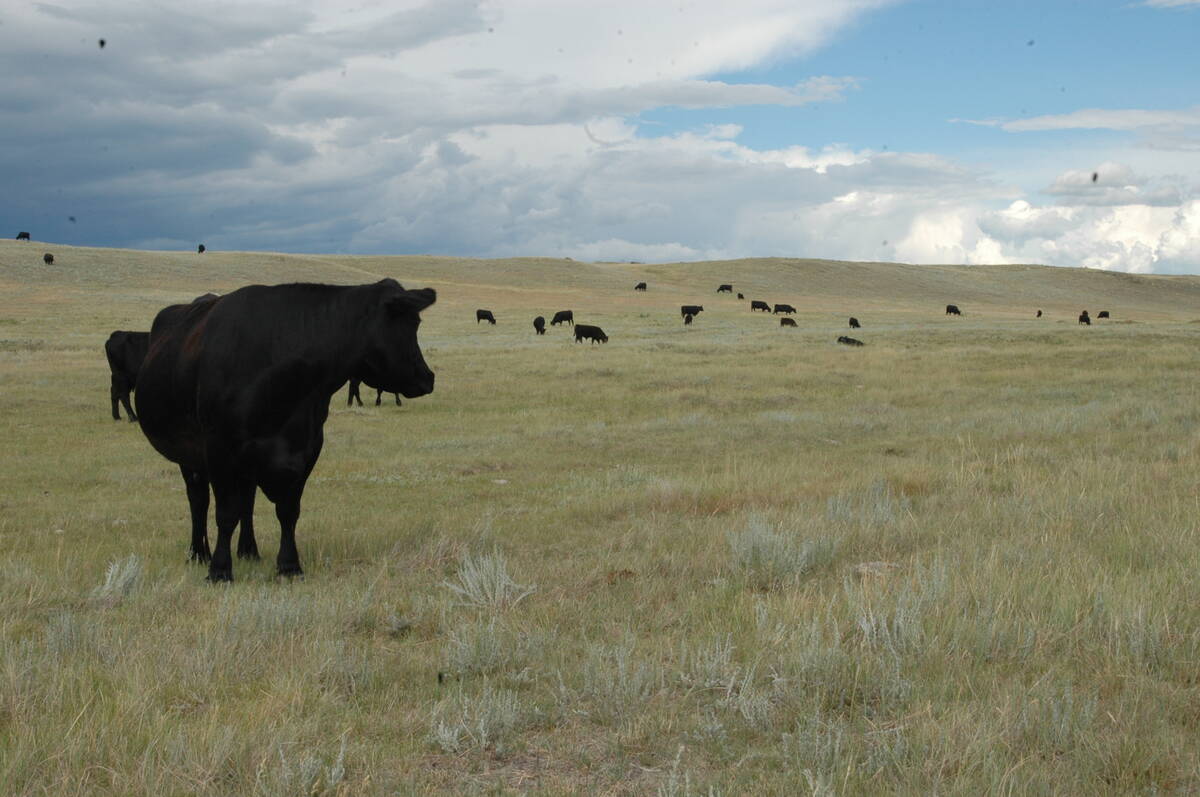Stressed cattle, heavy tag and large brands pose challenges and reduce value
Slaughter plants have straightforward needs, says Cargill Meat Solutions operations manager John Lines.
They want clean, calm, healthy cattle that are age verified and don’t have bruises, big brands, horns or bad livers.
Lines would likely be one happy guy if all cattle arrived at Cargill’s plant at High River, Alta., with those specifications.
But such is not the case, and he explained some of the processing plant’s challenges to feedlot operators at a Canadian Angus-sponsored meeting in Lethbridge March 31.
Read Also

Canadian Food Inspection Agency slammed for handling of bovine tuberculosis case
The federal government leans heavily on producers to “take one for the team” and risk their livelihoods without any reassurance of support.
Cleanliness is an important element for food safety, but it also factors into hide quality and profitability, said Lines.
In southern Alberta, where a chinook occurs on average every 12 days, weather plays a major role in animals’ outward cleanliness.
“The reason why we’re so in tune with the weather is that every time the weather shifts at 15 C, cattle shed E. coli and they become stressed and then they become a challenge to process,” said Lines.
Heavy tag makes hides more difficult to remove from carcasses, which increases the chance of damage.
“We think that for every 10 pounds of tag, there’s a half a percent of impact on the carcass yield.”
One producer asked if the plant communicates tag problems to the shipper. Line said it does.
“Our concerns, we feel, are almost unheard, and that isn’t supposed to be a derogatory statement. It’s the condition of southern Alberta, is that you get a chinook every 12 days, 15 days,” he said.
“We try and communicate it and it’s everybody’s challenge, especially when its expensive to feed, and bedding is expensive, too.”
Lines said hides from Canadian cattle are among the best quality in the world because of their thickness resulting from the cold climate.
Large brands can reduce hide value. Lines said small hip brands are preferable to those on the rib or shoulder, and multiple brands can cause a drastic reduction in value.
“A small butt brand means that you’re not going to have a significant amount of damage or downgrading of that hide, and there is a significant value difference for us,” Lines said.
The Cargill plant in High River receives about 100 trailer loads of cattle per day.
Cows and heifers that are due to give birth in transport or at the plant site should be avoided. Similarly, animals that go down in transport are dangerous to manage and present a challenge in humane handling.
Animal welfare is important for those cattle and all others that come to the plant, Lines added.
“You have a live animal on one side of the knocking box, which needs to be handled humanely, and on the other side it is a food product, and I’m going to stress food product because sometimes we lose sight of this,” he said. “Ultimately these animals are going to end up on someone’s plate. We want to make sure that it’s done ethically.”
Radio frequency identification tags for which birth dates have been entered assist the plant in age verification. Without that information, age must be estimated using a manual dentition check.
As for cattle livers, Lines said the plant sees quite a few bad livers, generally because of acidosis caused by heavy feeding. Abscessed livers are rejected for human use, but some go into the pet food market at a major discount. A healthy bovine liver weighs 12 to 15 lb.
“We can process every liver out of every carcass we have sold. We can sell it whole, with the skin on, into the international market. We can process it. We can skin it. We can slice it. It’s a high value product.”
Research and monitoring to reduce acidosis and maintain bovine liver health are positive developments, he said.















